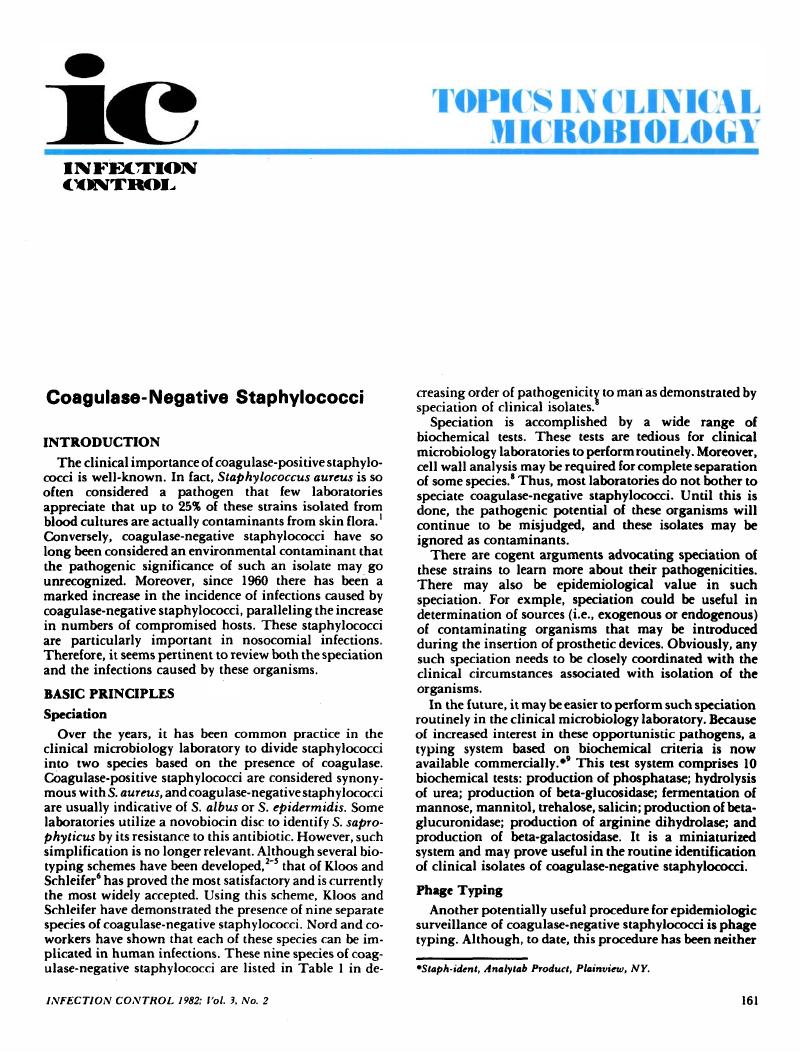Crossref Citations
This article has been cited by the following publications. This list is generated based on data provided by Crossref.
Aldridge, Kenneth E.
Stratton, Charles W.
Patterson, Lyndell S.
Evans, Martin E.
and
Hodges, Rondy L.
1983.
Comparison of the Staph-Ident System with a Conventional Method for Species Identification of Urine and Blood Isolates of Coagulase-Negative Staphylococci.
Journal of Clinical Microbiology,
Vol. 17,
Issue. 3,
p.
516.
Hébert, G A
and
Hancock, G A
1985.
Synergistic hemolysis exhibited by species of staphylococci.
Journal of Clinical Microbiology,
Vol. 22,
Issue. 3,
p.
409.



